An exhibition to retrace fifty years of activity of La Spezia’s historic Il Gabbiano gallery, a singular project that, from 1968 to 2018, brought to the city the great exponents of the national and international avant-garde, from Fluxus to Visual Poetry, from Body Art to Performance without neglecting conceptual art, music, and sound. The exhibition, Through Art. The Seagull Gallery 1968-2018, scheduled at CAMeC - Modern and Contemporary Art Center (La Spezia) from May 27 to Sept. 25, 2022, curated by Mario Commone, rereads the illustrious history of The Seagull and its fifty years of research, capable of producing as many as 500 exhibitions bringing first-rate artists to the city: Ketty La Rocca, Mimmo Rotella, Ugo Nespolo, Richard Smith, Ben Vautier, Philip Corner, Takako Saito, Jiri KoláÅ™, Emilio Isgrò, Ben Patterson, Sarenco, Rodolfo Vitone, Maria Lai, Gillo Dorfles, Nanni Balestrini, Pietro Grossi, among others.
In order to create the exhibition, curator Mario Commone did extensive research in the archives of Il Gabbiano gallery and dialogued with some of the gallery’s historical exponents or collaborators (such as Cosimo Cimino and Mara Borzone), as well as with scholars Francesca Cattoi and Lara Conte and designer Marta Manini, the latter of whom conceived the graphic design and installation project. The project is directed by Eleonora Acerbi and Cinzia Compalati, conservators at CAMeC.
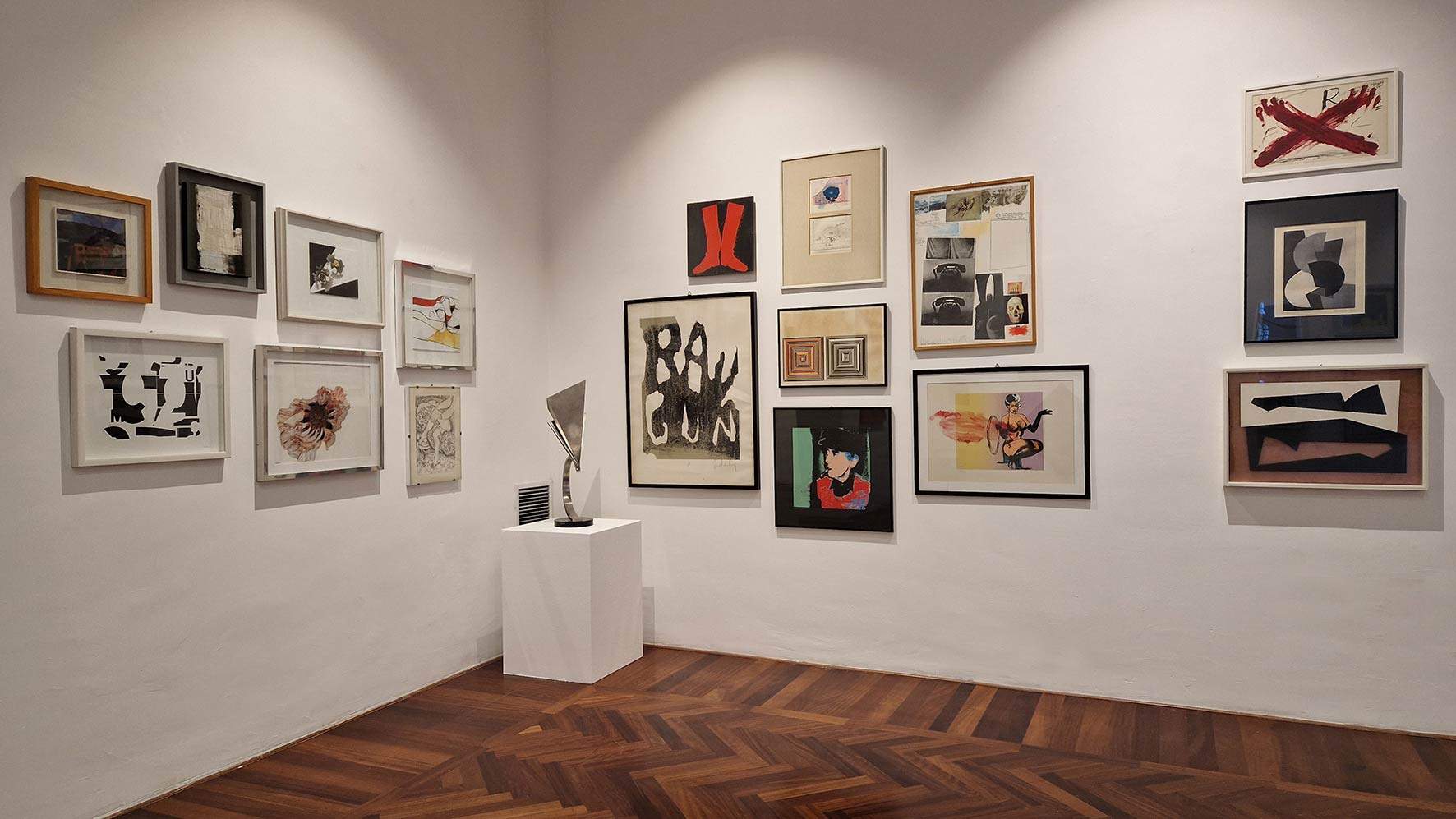
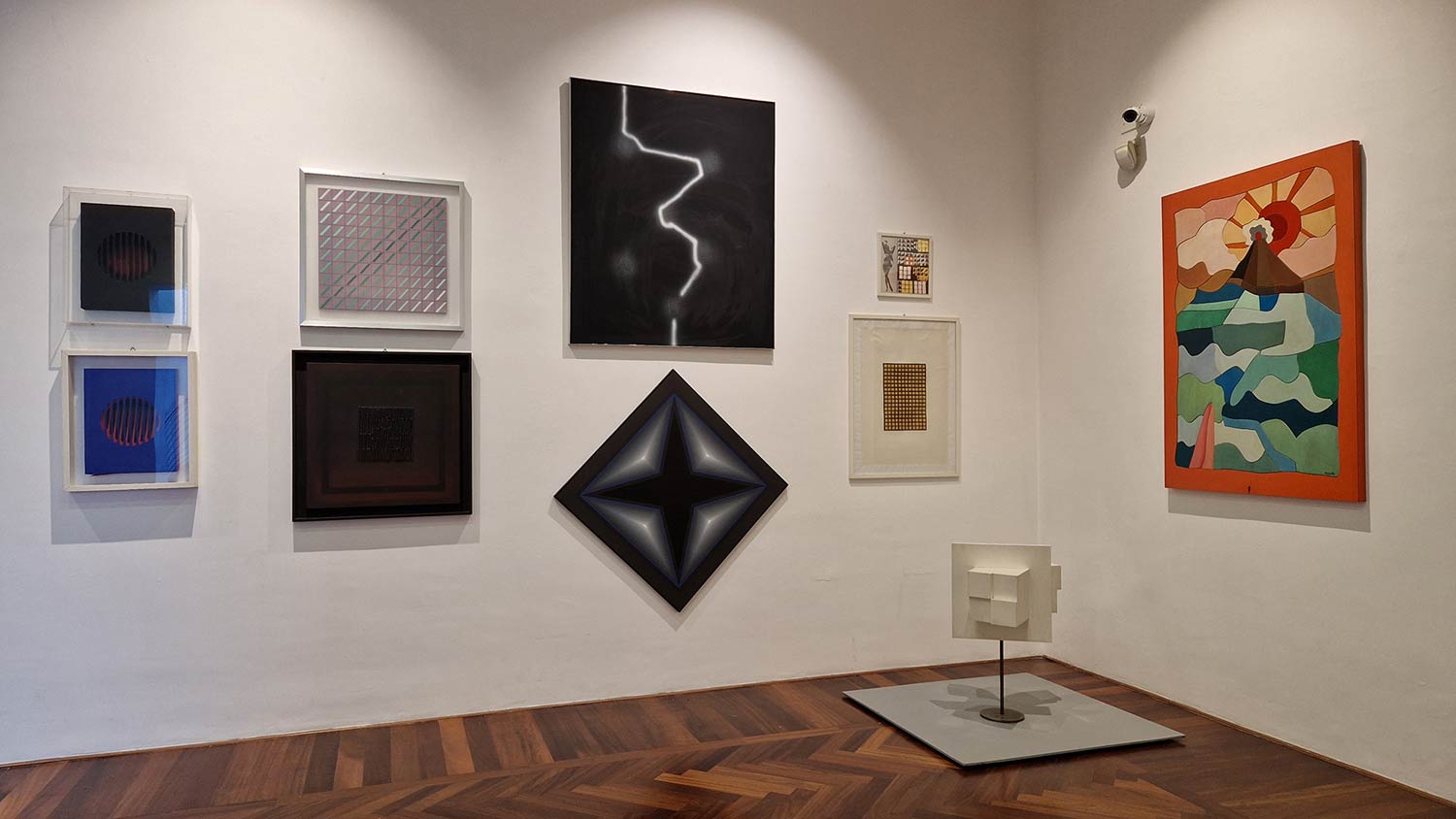 Setting up the
Setting up the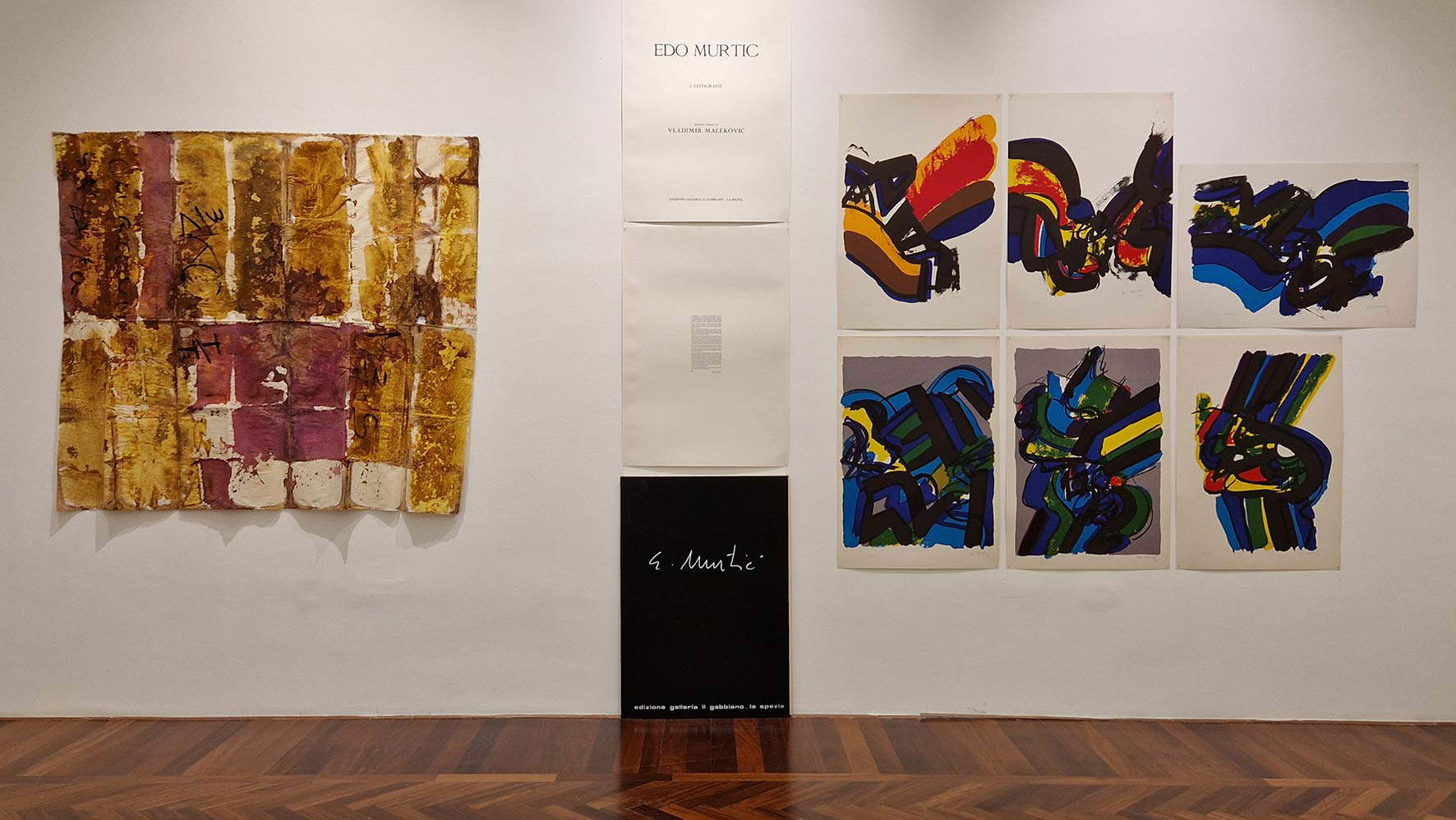 Setting up the
Setting up theIl Gabbiano has had the singular merit of placing the figure of the artist at the center of its path and research, directing this attention from the very beginning probably because the gallery, active from 1968 to 2018, has always been led by artists alone, driven by the need to have among themselves and with the public a space for dialogue and confrontation. There have, however, been fruitful collaborations over the years with critics and art historians, as well as gallery owners, who have helped increasingly branch out the network of contacts and acquaintances that has made the gallery nationally known and with numerous contacts abroad as well.
Founded in La Spezia in 1968 at the behest of a dozen artists, Il Gabbiano gallery arose from the realization that similar situations were lacking in the city. Moreover, only a few years earlier, in 1965, the experience of the “Premio del Golfo,” a periodic painting review of national importance that had helped put La Spezia at the center of the scene, had come to an end.
The Gabbiano’s interests - in the meantime, the artists who made up the circle had been reduced to four (Fernando Andolcetti, Cosimo Cimino, Mauro Manfredi and Clara Milani) - then turned toward avant-garde research that complemented the conceptual, such as Visual Poetry and Fluxus, in particular thanks to relationships with important artists such as Mirella Bentivoglio, who helped to relate a whole series of other artists who worked according to a language linked to both the word and the photographic image, thus to their connection (it is precisely to Bentivoglio that an dedicated an entire wall in the exhibition). Another important artist and theorist who formed an uninterrupted collaboration until the last few years is Lamberto Pignotti, among the fathers of Visual Poetry, and with him Lucia Marcucci, Eugenio Miccini and Giuseppe Chiari, all protagonists of collaborations and solo exhibitions at Il Gabbiano gallery. A separate chapter is also devoted to the association with the Croatian painter Edo Murtić, who held numerous solo exhibitions beginning in 1970, working practically exclusively and producing unpublished lithographs for Il Gabbiano, which in the 1970s also placed graphics at the center of its attentions.
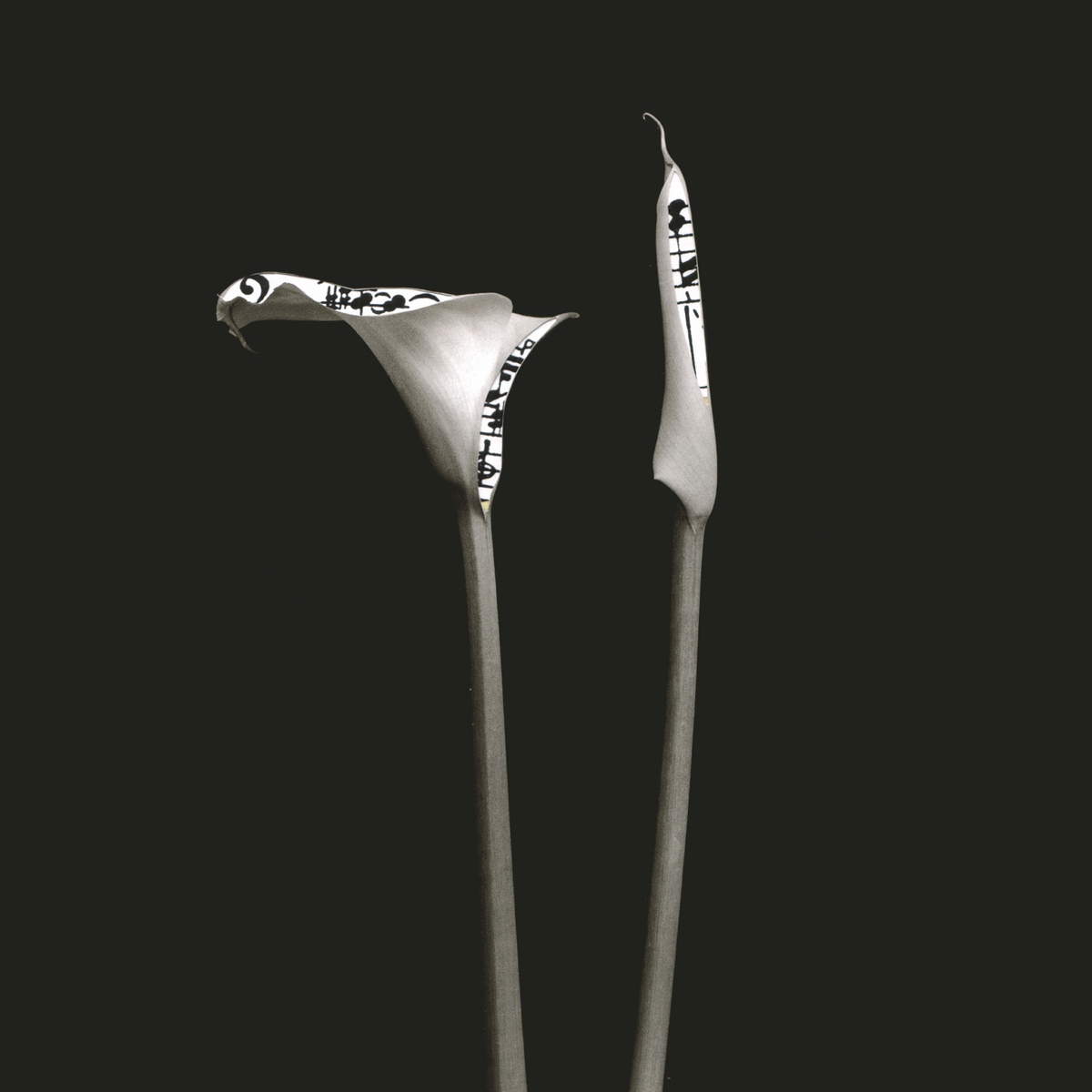

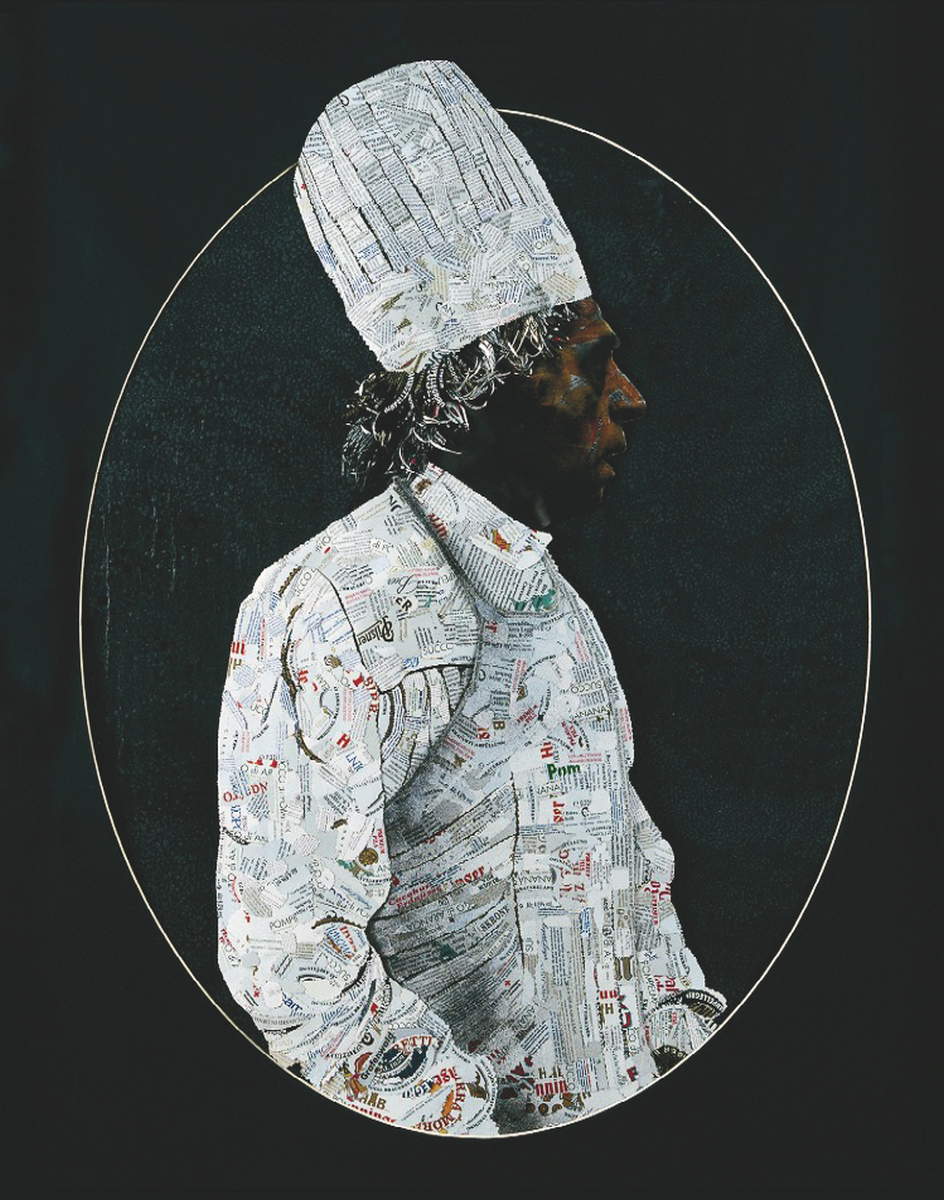
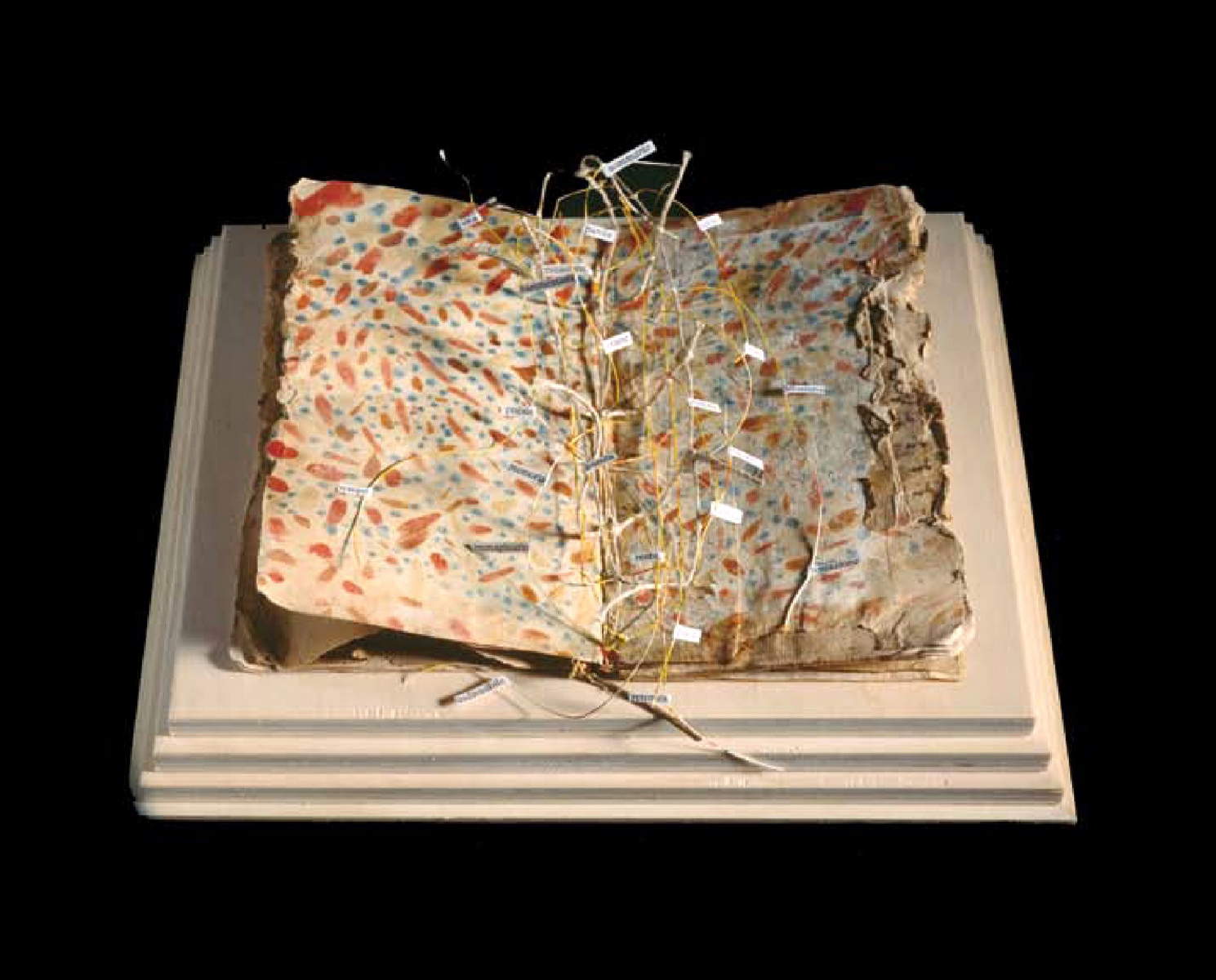
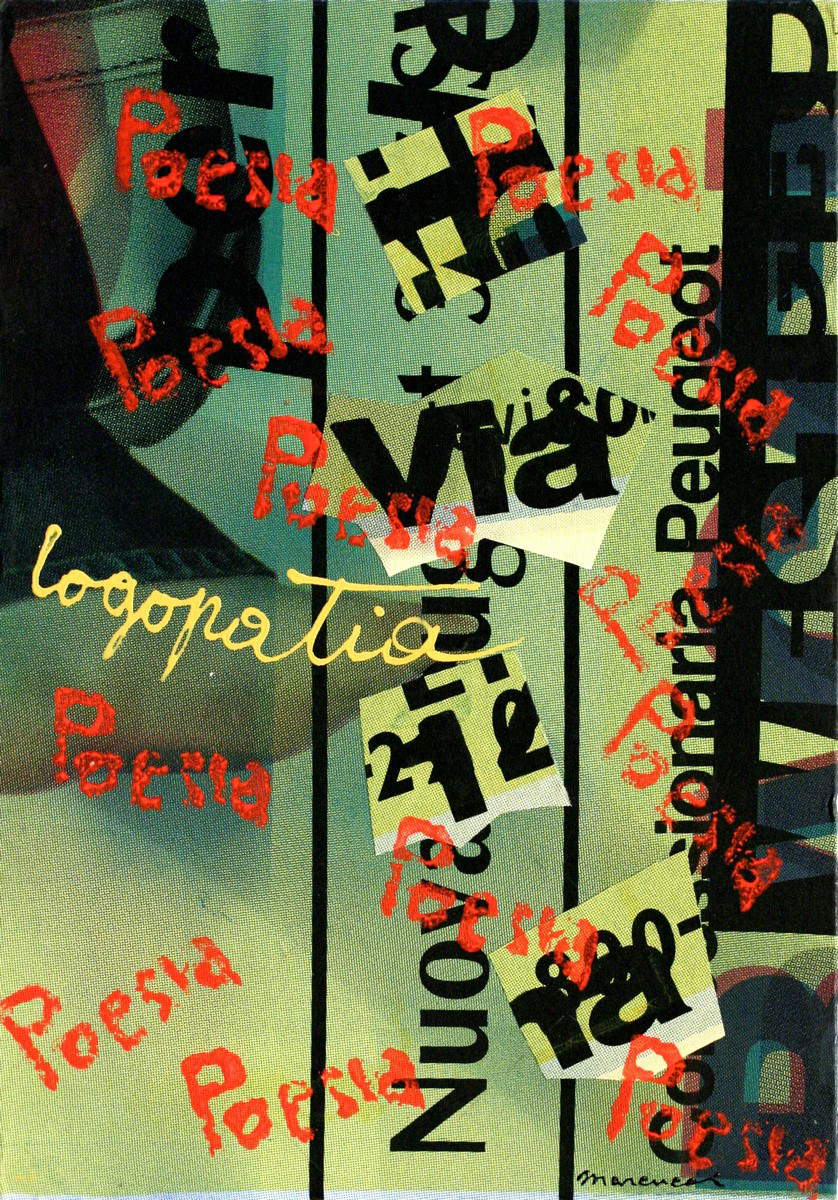


The exhibition project traces the fifty-year history of the gallery through a sylloge of more than one hundred and fifty works. In addition, a choral installation is proposed in the project room, echoing the gallery’s exhibition dynamics, which were often characterized by group and thematic exhibitions, for which the participants, in variable formation, were called upon to send a work according to the requested indications, creating real series that also had an editorial development. For the occasion, fifty artists (Paolo Albani, Alfio Antognetti, Calogero Barba, Mirco Baricchi, Vittore Baroni, Carlo Battisti, Pietro Bellani, Jacopo Benassi, Antonio Bobò, Sergio Borrini, Anna Boschi, Antonino Bove, Roberto Buratta, Lynn Campbell, Giovanni Campus, Carlo Canè, Emma Caprini, Marco Casentini, Gianfranco Carrozzini, Bruno Cassaglia, Lorenzo D’Anteo, Giovanni Fontana, Mariano Frare, Delio Gennai, Dania Gennai, Mauro Ghiglione, Alessio Gianardi, Vittoria Gualco, Alessio Guano, Dario Longo, Alessio Manfredi, Ruggero Maggi, Romano Masoni, Cesare Nardi, Nadia Nava, Anne O’Callaghan, Serena Olivari, Giuseppe Pellegrino, Lamberto Pignotti, Sylvia Ptak, Gian Paolo Roffi, Massimo Salvoni, Rosemarie Sansonetti, Danilo Sergiampietri, Yvonne Singer, Alberto Sordi, W. Mark Sutherland, Giuliano Tomaino, Alessandro Traina, Francesca Vivenza), who have exhibited at the Seagull over the years, were invited to make a contribution-tribute to the exhibition in the form of a flag. The flag thus becomes a symbol of freedom and lightness, elements that have always distinguished the Seagull’s identity.
The exhibition at CAMeC is part of the research conducted on the Gallery’s Archives, which will flow into the publication of a volume edited by the Cultural Circle, in which the history of the gallery will be documented through the exhibitions, performances, concerts and lectures held during the years of its opening in the locations at 63 Via Don Minzoni, then 53 and finally 15 Via Ricciardi and in various places in the city.
The exhibition will be open until September 25, 2022, Tuesday through Sunday from 11 a.m. to 6 p.m. (closed Mondays), open June 2. Full admission euro 5, reduced euro 4, special reduced euro 3.50. For information phone +39 0187 727530, camec@comune.sp.it, website http://camec.museilaspezia.it. During the course of the exhibition, in-depth meetings, performance activities and educational paths and workshops for children and families will be offered.
 |
| La Spezia, an exhibition at CAMeC traces the activities of Il Gabbiano Gallery |
Warning: the translation into English of the original Italian article was created using automatic tools. We undertake to review all articles, but we do not guarantee the total absence of inaccuracies in the translation due to the program. You can find the original by clicking on the ITA button. If you find any mistake,please contact us.